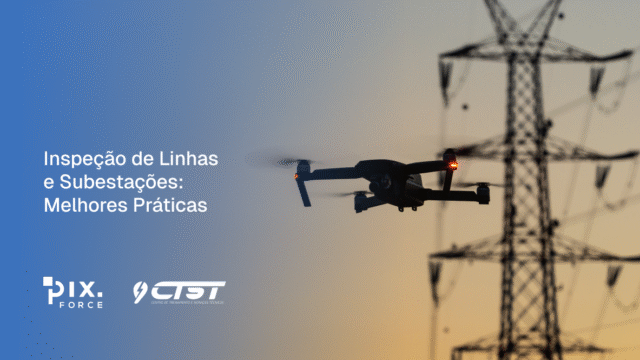Data governance is one of the main pillars for effective information management in modern organizations. With the growing appreciation of data as a strategic asset, it is essential that companies establish solid governance practices. In this context, the aim here is to explain how data governance can improve the quality, security and use of information.
This article will look at its fundamental components, the tools available, the challenges faced in implementation, and how best practices can be used to ensure that an organization makes the most of its data potential.
READ MORE ABOUT:
Conteúdo
What is Data Governance?
Data governance is a concept that encompasses a structured set of practices and processes that guarantee the management, security and integrity of data within an organization. With the constant growth in the amount and complexity of information available, establishing effective governance has become a crucial necessity.
Data governance is not just about protecting sensitive information, but also about using data responsibly and ethically to drive business decisions. This involves creating policies that clearly define the rules on how data should be collected, stored, accessed and shared.
In addition, data governance seeks to increase transparency and accountability in the use of data, providing a clear understanding of who is responsible for what information.
Considering the numerous challenges related to regulatory compliance, data governance also becomes a mechanism to ensure that organizations remain compliant with current laws and regulations.
In short, well-implemented data governance is a strategic asset that not only protects the company against legal risks, but also improves operational efficiency and stakeholder confidence in the information managed.
Fundamental Components of Data Governance
Data governance is not a monolithic practice; it is made up of several elements which, interacting with each other, create a secure and efficient environment for data management. Two essential components are data policies and standards, and the identification and roles of data owners. Let’s go point by point.
Data Policies and Standards
Data policies and standards are fundamental to ensuring that everyone in the organization understands how data should be handled. These policies establish guidelines on how data is collected, stored and used, as well as defining responsibilities in relation to its management.
Having a clear set of standards not only helps with compliance with external regulations, but also improves data quality by ensuring that all stakeholders follow the same rules. This reduces the possibility of inconsistencies and errors, fostering an environment of trust where decisions are made based on accurate data.
Identification and Roles of Data Owners
An often overlooked aspect of data governance is the clear identification of data owners within the organization. These individuals or teams are responsible for ensuring the quality and security of the data they manage.
Clearly defined roles help to avoid the dispersion of responsibilities and ensure that there is someone to turn to in the event of questions or problems relating to specific data. With this structure in place, the organization can respond more quickly to problems that arise, ensure adherence to established policies and promote a culture of responsibility in relation to data.
Tools and Technologies for Implementation
The implementation of data governance is greatly facilitated by the use of specific technologies that help automate and optimize information management processes.
Data governance tools range from cataloging and metadata management platforms to solutions that monitor data quality and security.
A notable example is the use of Data Quality software, which ensures that the information processed is accurate and consistent, minimizing the occurrence of errors that could lead to rework or incorrect decisions.
In addition to software aimed at data quality, data visualization tools are also crucial. They allow data to be worked with in an intelligible way, making it easier for all employees to access and understand the information.
In addition, the incorporation of artificial intelligence and machine learning technologies can transform the way organizations approach data management. These technologies make it possible to analyze complex patterns and help predict anomalies, strengthening data governance.
Therefore, by adopting a combination of technological tools, organizations are able to establish more robust, efficient and proactive data governance, which is essential for success in a dynamic data environment.
Challenges in Implementing Data Governance
Although data governance is crucial, its implementation can be challenging. Organizations encounter a number of barriers that can make it difficult to adopt best governance practices. Understanding these challenges is the first step to overcoming them and ensuring a robust governance system.
Common Barriers and How to Overcome Them
Among the most common barriers are resistance to change on the part of employees and a lack of knowledge about the importance of data governance. To overcome these difficulties, it is essential to promote an organizational culture that values data governance.
This can be done through training and workshops that explain the benefits of governance and how it positively impacts everyone’s work. Effectively communicating the importance of data and how each individual contributes to its quality can turn resistance into collaboration.
The Need for a Proactive Approach
Furthermore, a reactive approach is often not enough to deal with data governance issues. Organizations must be proactive in identifying risks and applying preventive measures.
This involves not only implementing policies, but also constantly reviewing processes to adapt to changes in the data landscape. Continuous monitoring and evaluation are essential to ensure that governance practices are effective and that data is treated with due attention.
Best Practices for Effective Data Governance
To ensure effective data governance, certain best practices must be followed. These practices, when implemented correctly, help strengthen data security, quality and accessibility.
Implementing clear communication between teams is one of the most important practices. This not only promotes a better understanding of the data and its sources, but also ensures that everyone is on the same page regarding the policies implemented.
On the other hand, involving leaders and stakeholders in defining governance policies is crucial. This not only increases buy-in, but also helps to ensure that the policies meet the needs of all areas of the organization.
Another best practice is to use technology tools to help automate and monitor governance processes. The use of specialized software can simplify the cataloguing of data, monitor its quality and even automate compliance processes. Thus, in addition to reducing human error, these tools allow the team to focus on more strategic tasks.
Finally, promoting education and constant training on data governance for all employees is essential. When employees understand governance practices and the reason behind them, implementation becomes much smoother and more effective.
Future of Data Governance
As we move into an increasingly data-driven world, the future of data governance is becoming a critical issue. New technologies, changing regulations and the growing need for data security are shaping the data governance landscape.
Emerging Trends in Data Governance
An emerging trend is the growing need for an adaptive and flexible approach to data governance. As companies evolve and new challenges arise, there should be a continuous focus on updating governance policies and processes.
Organizations need to be agile enough to adjust their strategies according to changes in the business environment and in the regulations that affect data handling.
Strengthening data privacy in the face of growing consumer awareness will be a constant challenge as well as an opportunity.
The Impact of Artificial Intelligence on Data Governance
Artificial intelligence will also play a crucial role in the way we manage data in the future. AI tools can help organizations analyze large volumes of data quickly, identifying patterns that might otherwise go unnoticed by humans.
In addition, these technologies can optimize data security by predicting and mitigating potential risks. Therefore, as AI becomes more integrated into business processes, its integration into the data governance strategy will be vital for long-term success.
Conclusion
In conclusion, data governance is an indispensable aspect for any organization seeking to transform information into strategic decisions. By implementing clear policies, identifying those responsible and using the right tools, it is possible to overcome challenges and maximize the value of data.
Looking to the future, emerging trends and the adoption of technologies such as artificial intelligence will indicate relevant paths for the development of data governance. As we continue to navigate this rapidly changing environment, data governance will be a determining factor in the success of organizations.










